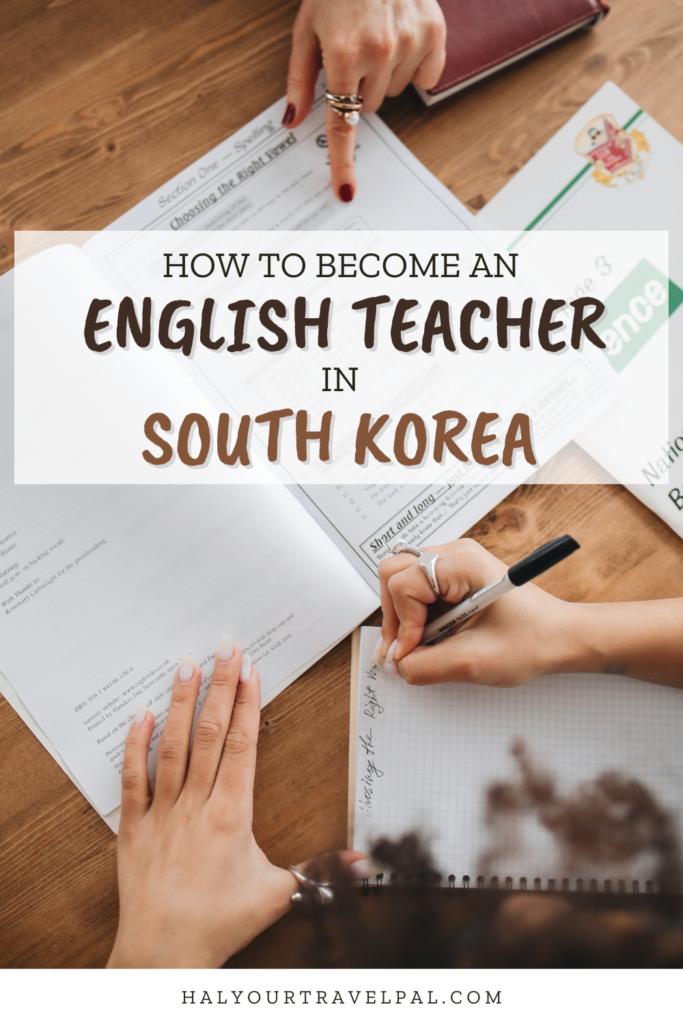
When I say that accepting a job teaching English in South Korea is one of the best decisions I’ve ever made, I mean it. Living and working in Korea has been the gift that keeps on giving. However, getting to a job offer was a lengthy, complicated, stressful process. If you are considering teaching English in Korea but don’t know where to start, this is the guide for you. I teach at a public school with the English Program in Korea (EPIK), so my knowledge is mostly about going that route, but I included information about the private school route as well.
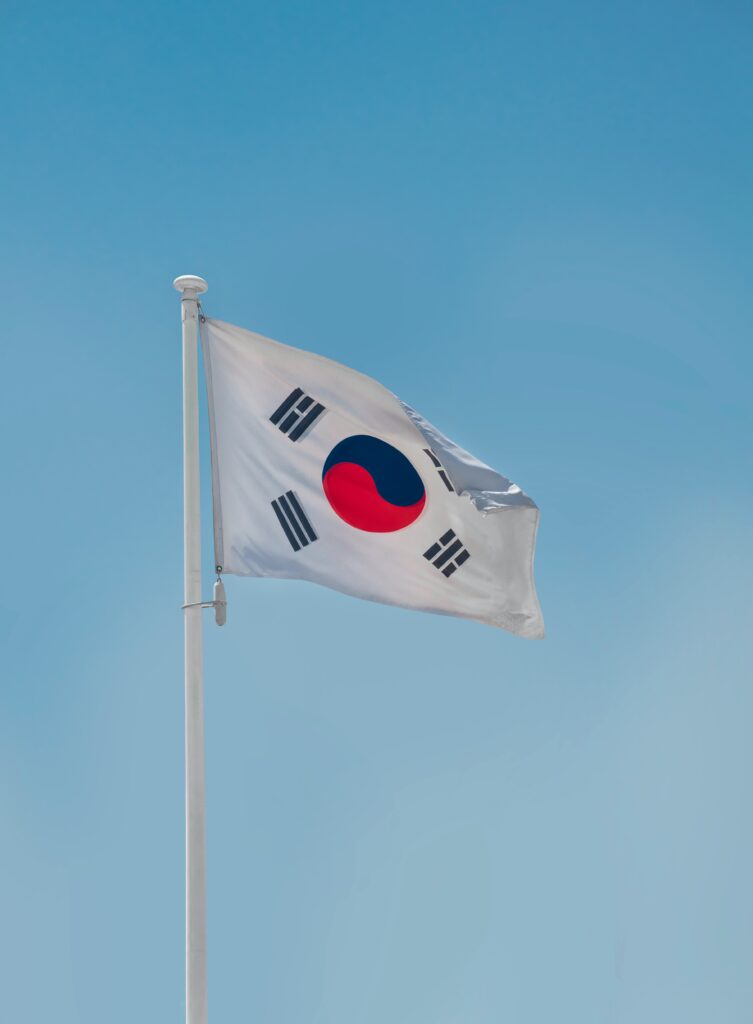
1. Check the requirements.
Before you start this endeavor, it’s important to check that you meet the requirements. By requirements, I mean the requirements for the visa to teach English in Korea (the E-2 visa). These are NOT school-by-school requirements; these are requirements for anyone getting an E-2 visa. If you don’t meet these requirements, you can’t teach English in Korea. As of the time I’m writing this article in 2023, the requirements are as follows:
- Be a citizen of the USA, Canada, Australia, New Zealand, England, Ireland, or South Africa
- Be a native speaker or have studied from 7th grade and resided for at least 10 years or more in a country where English is the primary language
- Hold at least a Bachelor’s degree from an accredited school, in any field
- Have a criminal record clear of misdemeanors or felonies
- Check your embassy’s website for the most up-to-date E-2 visa requirements.
Do I need to be TEFL (Teaching English as a Foreign Language) certified?
No, you do not. However, I highly recommend you enroll in a 120-hour class anyway. Not only does it make you a more desirable candidate, but as of 2024, all public schools will require you to be TEFL certified. If you want to teach at a public school (read #2 for insight into this), then get your 120-hour TEFL certificate ASAP.
2. Decide if you will go the public or private school route.
When teaching English in Korea, there are 2 main types of schools you can work at: public or private schools. If you want to teach at a public school, you must apply to the English Program In Korea (EPIK). If you want to teach at a private school, you will most likely apply directly to those schools or work with a recruiter. More on recruiters below.
There are pros and cons to both options, which I encourage you to research thoroughly. The most cited pros of public schools are the low teaching hours and high vacation time, while the most cited cons are excessive “desk-warming” time (when you have to go in and do nothing!) and not being able to choose your location (they can place you anywhere in Korea, no matter your preference). If you’ll be going the public school route, you also need to have or obtain a 120-hour TEFL certificate.
The most cited pros of private schools are higher pay and the freedom to choose which school you’d like to teach at – you get a say in the location, your hours, the type of students, and you can usually negotiate other parts of your contract, whereas nothing is negotiable with EPIK. The most cited cons of private schools are the low vacation time, higher teaching hours, and the occasional horror story of terrible working conditions. If you’ll be going the private school route, make sure to do your research on the specific school you’re applying to!
Additionally, EPIK only accepts new teachers twice a year while private schools hire year-round. Check the EPIK website for their application timeline if you’re interested in applying.
Interested in EPIK and wondering if it’s the right route for you? Read my full EPIK Program review, with a comprehensive list of pros and cons from a 3-year veteran.

3. Decide if you want to use a recruiter or not.
Using a recruiter costs nothing to you. A recruiter’s main job is to help schools find great teachers. They often work both with EPIK and private schools. Recruiters can help you find legitimate contracts, understand local labor laws, get the right documents together at the right time, and find a reputable school. If you are intimidated by the process and want an extra helping hand, I recommend using a recruiter. I used Reach to Teach and I don’t know how I would’ve handled everything without them. Do your research on your recruiter first to make sure they are legitimate.
However, plenty of people tackle the process themselves and prefer to exclude a middle person. Using a recruiter can slow you down, especially if you are applying to EPIK. This is because you will be working on their slightly delayed timeline and waiting for their feedback instead of chugging ahead alone. I found it to be worth the wait, but it was stressful at times to feel behind others who took it into their own hands.
4. Start getting your required documents together.
One word you will get sick of during this process is “documents”. In order to get the E-2 visa, there are very specific documents that you need. Without them, you can’t teach in Korea! These documents can take months to get together because of the nature of the process. It’s better to start early so you don’t risk not getting your visa in time. Start with the documents that take the longest time to process, like asking for letters of recommendation, getting your degree apostilled, and doing your criminal background check. While some documents are required across the board for the E-2 visa, some will depend on the school or program you are applying to. Ask your job coordinator or your recruiter (if you’re using one) about what documents to start preparing.
5. Apply for jobs, interview, and play the waiting game!
Whether you’re applying to public or private schools, the next step is to work on your applications and get some interviews set up. If you’re applying to EPIK, it’s important to pay attention to their timeline, since they only accept new teachers twice a year. Applying to EPIK is largely a waiting game, and the sooner you get your application in, the better.
It goes without saying that thoroughly reviewing your application and preparing for your interviews are very important. If you’re using a recruiter, they should help you with this. If you aren’t, or even if you are, I recommend asking some friends or family members to review your application and help you practice interview questions.
You will have to wait a lot at this stage in the process. You’ll be waiting for your application to be accepted, then to get an interview, then to pass the interview, then to receive an offer. It’s best to use this time to prepare for the next stage, whether that’s practicing for your interview, gathering more documents, or even practicing Korean.
For my complete guide on how to pass the EPIK interview, including 10 common interview questions and answers, check out 10 EPIK interview questions & how to ace them.

6. Accept a job offer, continue getting your documents, and apply for your visa.
Hopefully after your interviews, you will finally get a job offer that you are happy with. Once you’ve done lots and lots of research and decided to accept an offer, you should be fully focused on getting all of your final documents together. Part of this process will include applying for the E-2 visa, which your employer or recruiter should help you with at this point. Visa processing can take a while, which is why it’s so important to apply as early as possible (which is why it’s so important to start gathering the required documents so early on in the process!).
7. Get your visa and leave for Korea!
Once your visa gets approved, you are good to go! You can start packing and looking forward to the great adventure that lies ahead. Around this time, your recruiter or job coordinator will ask you to book flights and make final preparations. If you haven’t started learning Korean or familiarizing yourself with the culture yet, now is the time. It’s also the time to join group chats and Facebook groups of fellow teachers to start establishing connections. Saying goodbye to your home will be difficult, but you have an amazing journey ahead and I wish you all the best!
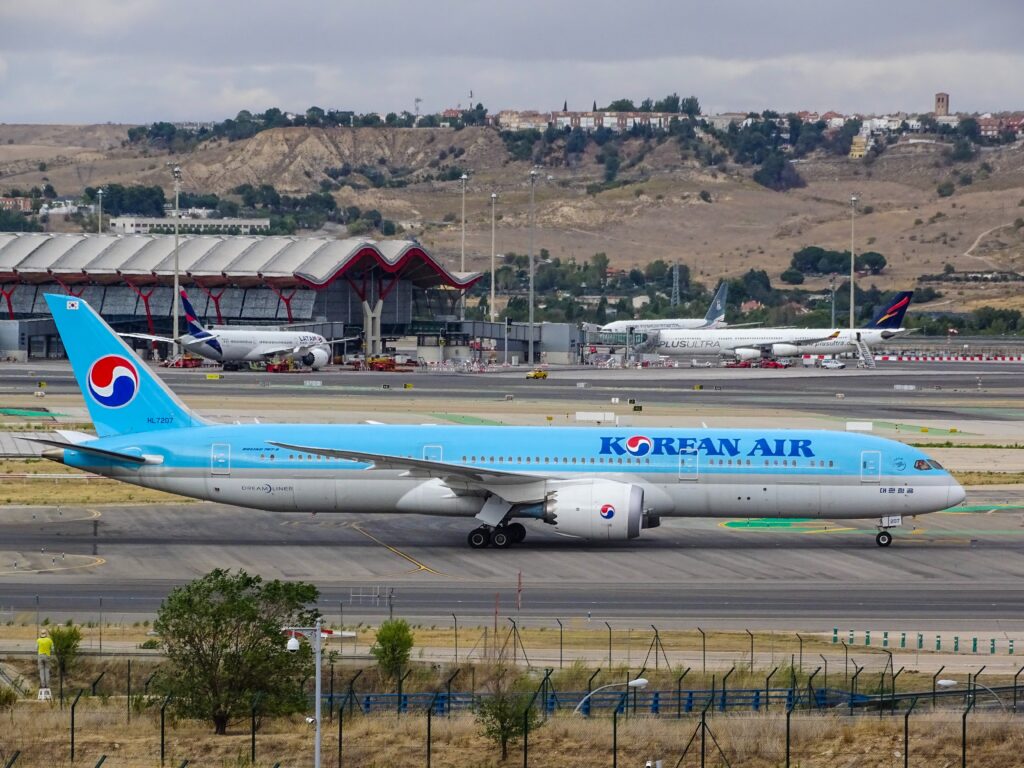
Need help planning your travels now that you’ve found a job teaching English in Korea? Check out my ultimate South Korea guide and itinerary.

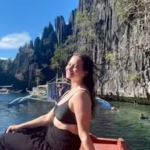

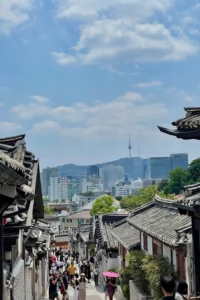
Leave a Reply